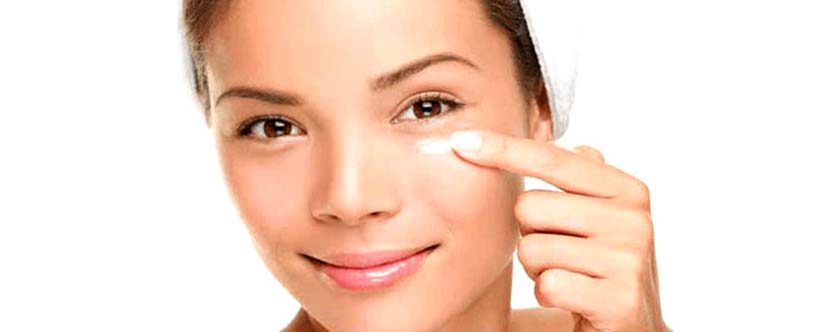Aging changes in the skin are a group of common conditions and developments that occur as people grow older.
[the_ad id=”6114″]The structure and the function of skin change with age. Skin changes that accompany aging include:
• Roughened or dry skin
• Benign growths such as seborrheic keratoses and cherry angiomas
• Loose facial skin, especially around the eyes, cheeks, and jawline
• Transparent or thinned skin
• Bruising easily from decreased elasticity
• Common Skin Conditions in the elderly
EFFECT OF CHANGES
As you age, you are at increased risk for skin injury. Your skin is thinner, more fragile, and the protective
subcutaneous fat layer is lost. In addition, your ability to sense touch, pressure, vibration, heat and cold may be reduced. Thus, your skin is at higher risk for injury.
Purpura: Rubbing or pulling on the skin can cause skin tears. Fragile blood vessels are easily broken. Bruises, flat collections of blood (purpura), and raised collections of blood (hematomas) may form after even a minor injury. This is most easily seen on the outside surface of the forearms, but can occur anywhere on the body. Skin changes and loss of subcutaneous fat, combined with a tendency to be less active, as well as some nutritional deficiencies and other illnesses contribute to pressure ulcers.
Repair: Aging skin repairs itself more slowly than younger skin. Wound healing may be up to 4 times slower. This contributes to pressure ulcers and infections. Diabetes, blood vessel changes, lowered immunity, and similar factors also affect healing.
Wrinkles: Wrinkles are the most visible sign of aging skin. They follow chronic sun exposure and form when the skin loses its flexibility. Smokers tend to have more wrinkles than nonsmokers.
Facial movement lines: These lines (often known as “laugh lines” and “worry lines”) become more visible as the skin loses its elasticity (in your 40’s or 50’s). The lines may be horizontal on the forehead, vertical above the nose, or curved on the temples, upper cheeks, and around the mouth and eyes.
Dry and itching skin: Dry, flaking skin is a common problem among adults, especially the elderly. The loss of oil glands (which help to keep the skin soft) is the main cause of dry skin. Rarely, dry, itchy skin may be a sign of diabetes, kidney disease, or liver disease.
Skin cancer: Sun exposure (UV radiation) is the most common cause of pre-cancers and skin cancer, either basal cell carcinoma or squamous cell carcinoma. Many Americans (a million each year) will develop a skin cancer by age 65.
Age spots: “Age spots” are brown patches that appear on sun-exposed parts of the body (face, hands, and forearms), usually during the adult years.
Bedsores: Bedsores (also known as pressure ulcers) are skin ulcers that develop from pressure when people lie in bed or sit in a chair for long periods of time. Bedsores are a fairly common problem in elderly people who have difficulty moving on their own. People with diabetes are more prone to bedsores because of their poor circulation and decreased feeling in their skin. Frequent rotation or re- positioning helps to prevent bedsores
SKIN DISEASE IS A COMMON PROBLEM
Skin disorders are so common among older people that it is often difficult to tell normal changes from those related to a disorder. More than 90% of all older people have some type of skin disorder. Skin disorders can be caused by many conditions, including:
- Blood vessel diseases such as arteriosclerosis
- Diabetes
- Heart disease
- Liver disease
- Nutritional deficiencies
- Obesity
- Reactions to medications
- Stress
Other causes of skin changes:
Are allergies to plants and other substances, climate, clothing, exposures to industrial and household chemicals, indoor heating and sunlight
PREVENTION
Because most skin changes are related to sun exposure, prevention is a life-long process. Prevent sunburn if at all possible. Use a good quality sunscreen when outdoors, even in the winter. Wear protective clothing and hats as necessary.
Good nutrition and adequate fluids are also helpful. Dehydration increases the risk of skin injury. Sometimes minor nutritional deficiencies can cause rashes, skin lesions, and other skin changes, even if you have no other symptoms.
Keep skin moist with lotions and other moisturizers. Do not use soaps that are heavily perfumed. Bath oils are not recommended because they can cause you to slip and fall.
Moist skin is more comfortable and will heal more quickly. Understanding these simple facts and managing our general health go a long way in achieving a younger looking skin even in our advance years.
Source:

